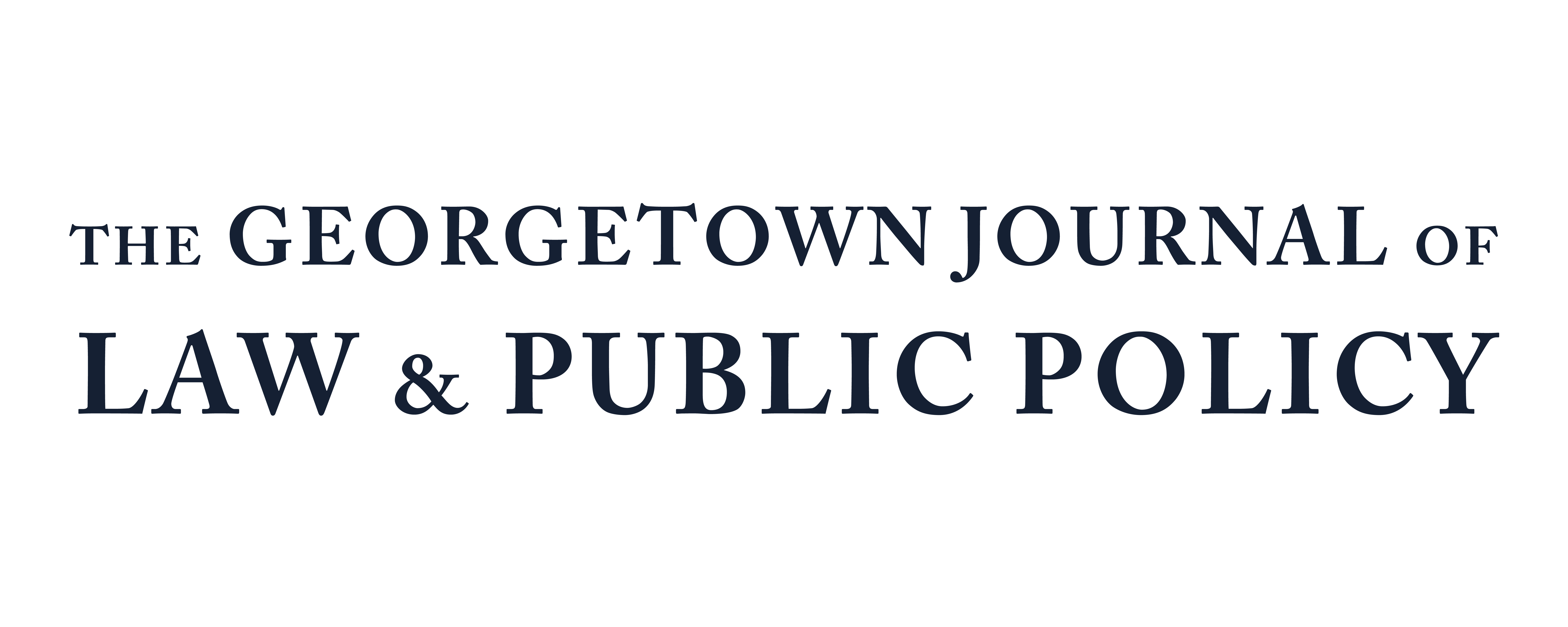Towards a Theory of Faculty Governance: Or How I Learned to Stop Worrying and Love the Union
I. INTRODUCTION
Around four years ago, a colleague at McGill University approached me with the idea that the professors in the Faculty of Law should seek to form a faculty union. This was not the first time that such an idea had been proposed at McGill, but every previous attempt at unionization had failed. The reasons for failure were complicated and had as much to do with the politics of the province as with any principled opposition to organized labor. In the 1970s, professors in nearly all the universities in Québec had unionized, followed by most universities in Canada.2 But McGill—the most prestigious English language institution in the province—had remained aloof from its provincial brethren and retained a more traditional model of faculty representation in which a voluntary faculty association (to which even the higher administrators belonged) discussed salaries and working conditions with the Deans and the Provost, ideally (or perhaps mythically) over a glass of sherry at the Faculty Club. Many McGill professors prided themselves on a model of governance that they characterized as more collegial than the adversarial model that prevailed in unionized faculties.
Michael Oakeshott, The Idea of a University, 17 ACAD. QUESTIONS 23, 30 (2003).
DAVID ROBINSON, THE STATUS OF HIGHER EDUCATION TEACHING PERSONNEL IN AUSTRALIA, CANADA, NEW ZEALAND, THE UNITED KINGDOM, AND THE UNITED STATES 30 (2006), https://www.caut.ca/docs/reports/the-status-of-higher-education-teaching-personnel-in-australia-canada-ne w-zealand-the-united-kingdom-and-the-united-states-report-prepared-for-education-international-(mar-200 6).pdf [https://perma.cc/L5D6-GBYX].

